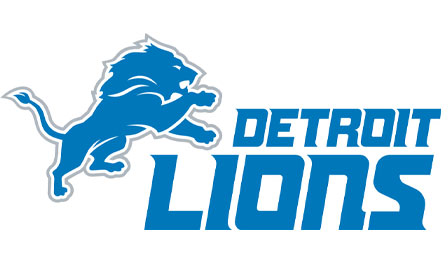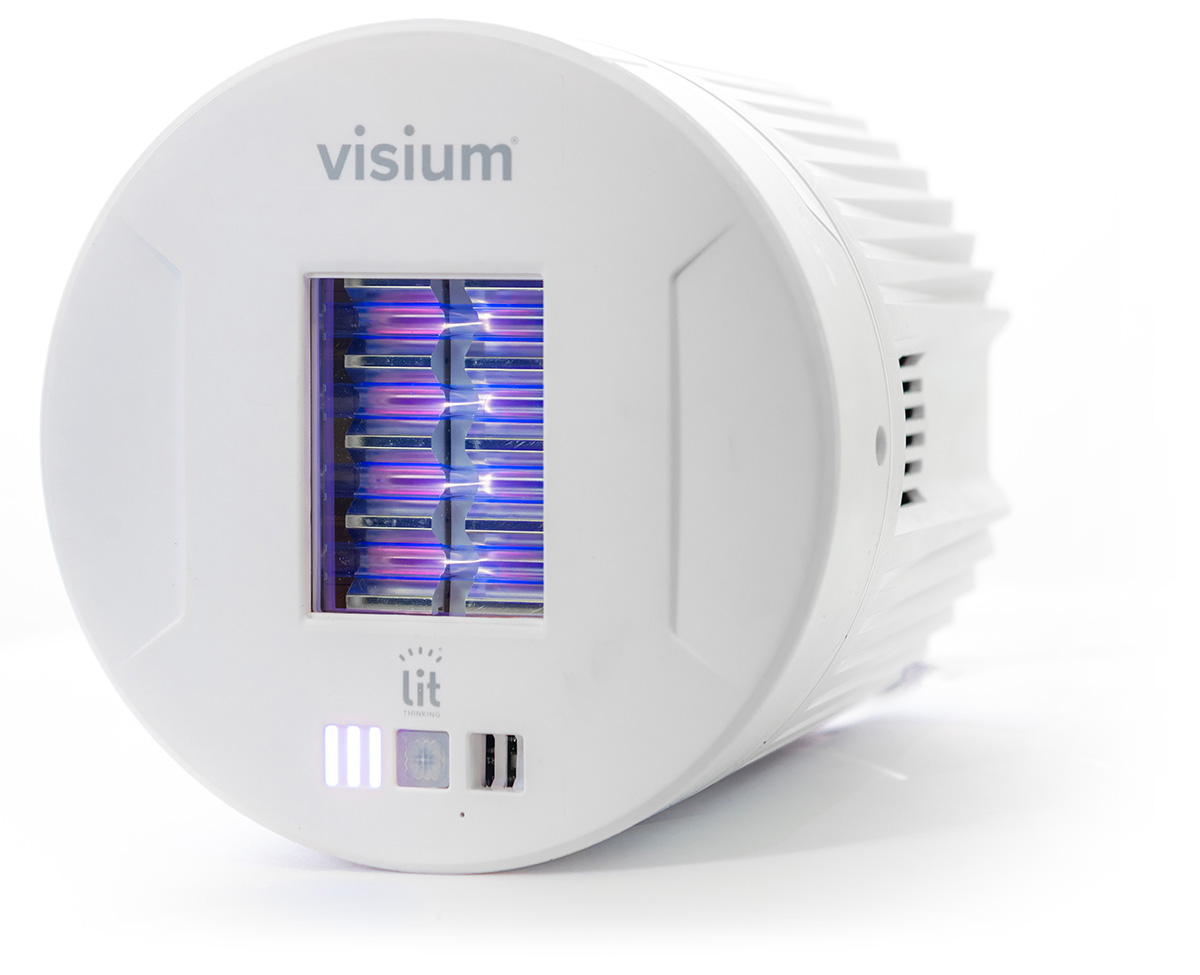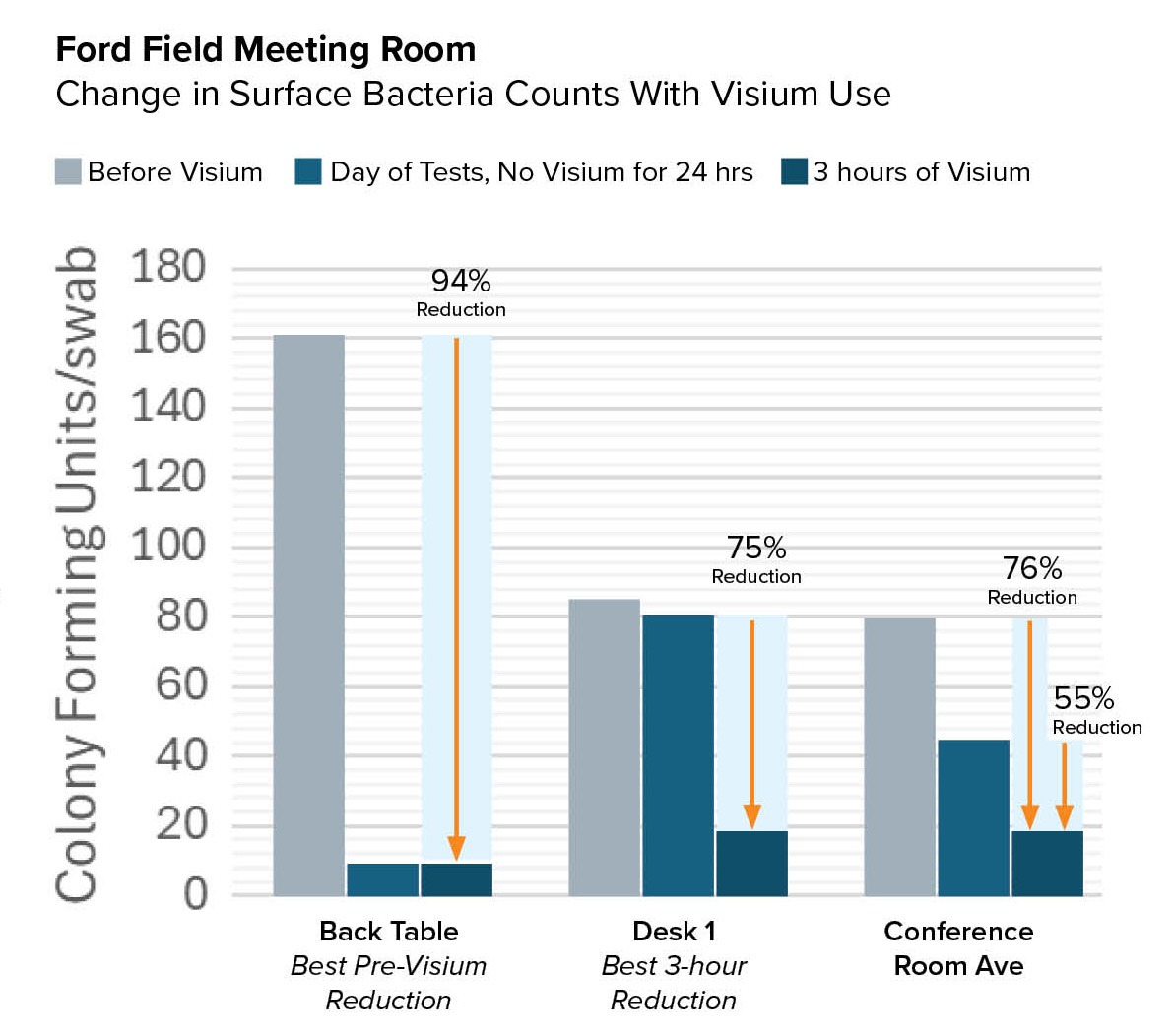

CASE STUDY
Detroit Lions Build Stronger
Indoor Biosecurity at Ford Field
Visium Far-UVC continuously inactivates pathogens in high-use spaces
OVERVIEW
Ford Field is home to the Detroit Lions and serves as a major public venue for NFL games, concerts, community events, and year-round business operations. Meeting rooms within the stadium are used daily by executives, front office personnel, football operations, facility staff, and guests.
Visium uses a specific wavelength of Far-UVC light (222 nm) to continuously inactivate airborne and surface pathogens while spaces are occupied. The Lions selected Visium as a discreet, always-active layer of biosecurity to support the health and wellbeing of everyone who uses these shared environments.

THE CHALLENGE
Meeting rooms in professional sports facilities are high-value spaces where strategy, decision-making, and critical interactions take place in close proximity. They are in frequent use and support many different individuals throughout a typical week, often with rapid turnover between groups.
At Ford Field, this room hosts executives and staff during the week and becomes a gathering place for players and their families on game day. With so many people moving through the space, microbes that are suspended in the air and settle on surfaces can pose a risk to occupants. Traditional cleaning practices, although essential, only occur at scheduled intervals and do not address continuously generated airborne microorganisms.
The Lions sought an innovative solution that could help reduce microbial loads in real time and enhance environmental quality for everyone who occupies the space.
OUR SOLUTION: Visium Far-UVC Fixtures
Six Visium Far-UVC fixtures were installed in a 567 sq ft meeting room at Ford Field, seamlessly integrated into the existing ceiling. The system operates continuously when the space is occupied and provides real-time inactivation of airborne and surface pathogens, delivering the equivalent of 50 additional air changes per hour without altering airflow or creating noise.
Each fixture uses only 14 watts, enabling continuous performance for less than $0.50 per day for the entire installation and without additional labor, chemicals, or high operating costs.

KEY FEATURES
- Continuous 24/7 air and surface sanitization
- Far-UVC tech proven to reduce airborne pathogens
- Discreet and silent operation, for a patient-centered environment
- Visium app bridges IoT connectivity for real-time monitoring via mobile devices

Comparable in size to a standard can light, Visium is silent and visually inconspicuous, providing continuous sanitization with zero disruption or distraction.

INDEPENDENT TEST RESULTS
To evaluate surface pathogen levels, independent microbiology sampling was conducted in the meeting room before and after the Visium installation. Initial samples were collected prior to installation. After installation, the room was used normally with the devices turned off for 24 hours and a second sample was collected to replicate typical room conditions. The Visium devices were then turned on during regular occupancy, and an additional sample was collected three hours later. Samples were delivered to two independent laboratories (US MicroSolutions and Culturewell) for processing and quantifi cation.
OUTCOME
Testing demonstrated that Visium reduced bacteria abundance on high-touch surfaces by up to 76.2 percent within three hours of runtime, even as the room continued to be used. Surfaces remained at a lower bioburden than pre-installation levels during continued Visium operation.
Independent surface samples confirmed bacterial reduction with consistent Visium use.
Up to 76.2% reduction in colony-forming units (CFUs), even with ongoing occupancy and use.
Surface reduction indicates significant reduction of airborne bacterial load, lowering overall risk to occupants.
Visium offered superior cleanliness compared to compared to episodic cleaning before Visium.

CONCLUSION
The installation of Visium Far-UVC at Ford Field provided a continuous layer of environmental inactivation that helped reduce microbial loads in actively used spaces. Even with occupant traffic and regular cleaning protocols unchanged, Visium delivered significant reductions in colony-forming units and helped maintain lower levels over time.
